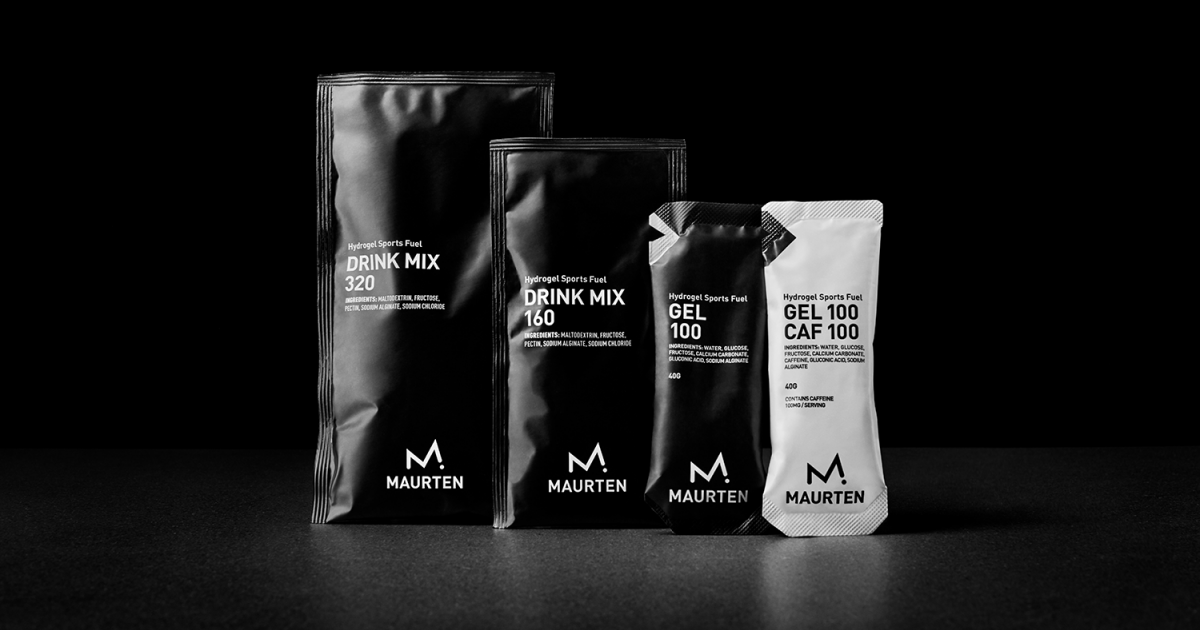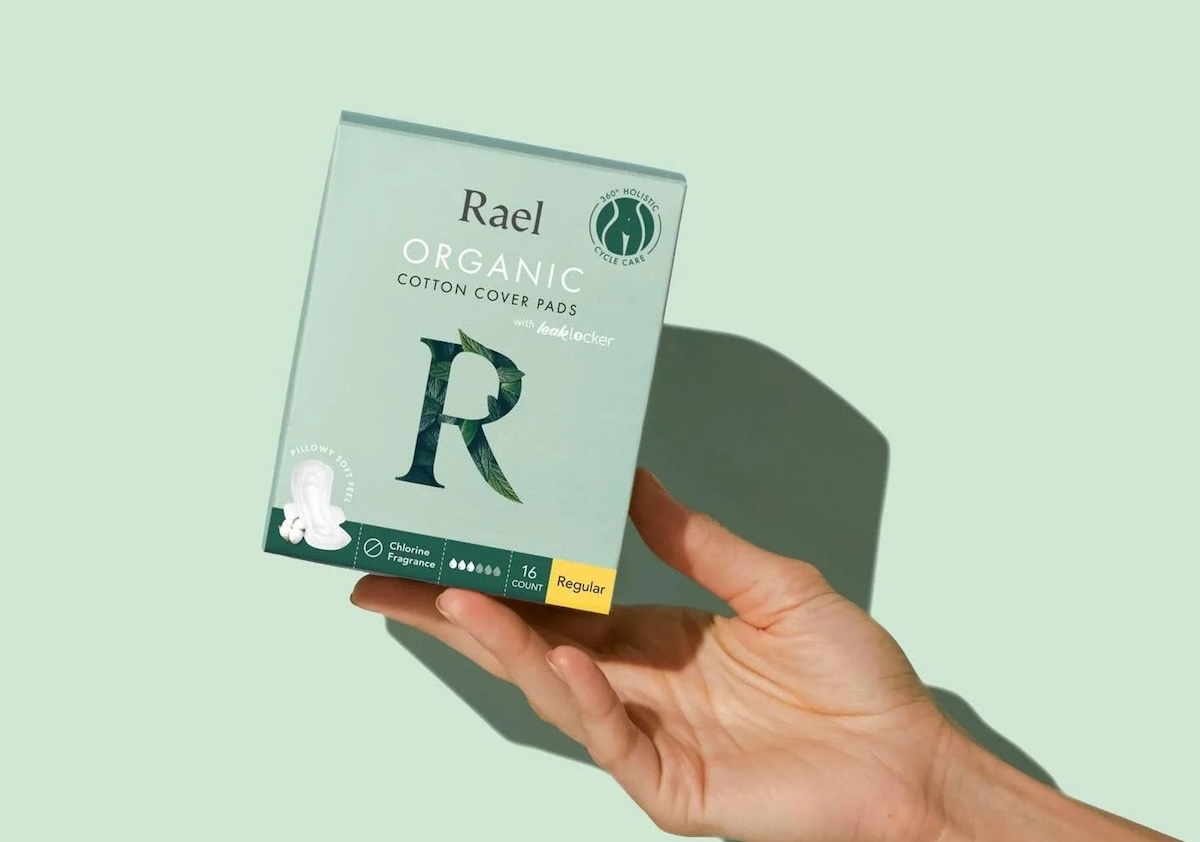With new products, partners, and programs, lululemon is thinking to the future.
What’s new: The company debuted its first two bionylon apparel products last month, namely the Plant-Based Nylon Metal Vent and Swiftly Tech Short Sleeve shirts.
They’re the first two products developed in partnership with Geno (fka Genomatica), which lululemon invested in back in 2021. Raw material for its proprietary fabric is made through the fermentation of sugar molecules instead of traditional petroleum-based inputs.
Layering up. lululemon is looking to become a leader in planet-friendly performance wear, doubling down on partnerships with forward-thinking biotech startups.
- In 2021, the Mylo product line made headlines for being the first mushroom-based yoga bags and mat on the market.
- The lululemon Like New program launched this year as an official trade-in and resale program for gently used clothing.
- This spring, lululemon signed a multi-year partnership (as well as making a minority investment) with Australian enviro-tech company Samsara Eco.
Of note, Samsara uses an enzyme-based technology to break down notoriously terrible-for-the-planet textiles and turn them into brand-new products.
Their work with lulu will result in the world’s first “infinitely recycled” nylon and polyester made from apparel waste.
Why it matters: Considering nylon and polyester comprise 60% of all clothing made and 87% of each ends up in a landfill, the new technology could become a cornerstone of the sustainability push.
In particular, lululemon’s work with Samsara, as well as Geno, will supercharge its shift toward planet-friendly performance gear. And they’re hedging their bet on new biomaterials as the answer to operating sustainably at scale — experts predict nylon derived from plant sugars will cut negative emissions by as much as 50%, measured against petroleum-based products.
Planet x Performance
For lululemon, this year will be all about creating and testing prototypes for plant-based nylon and polyester. Over the next few years, we’ll see these textiles make their way into more product collections.
The goal? Be 100% sustainable by the end of the decade.
But before then, they’re aiming for 75% sustainable materials by 2025 — a huge leap from their 38% mark in 2021.
 lululemon
lululemon


